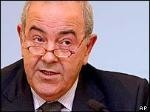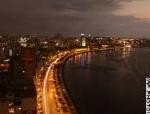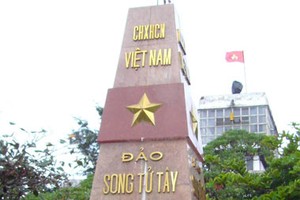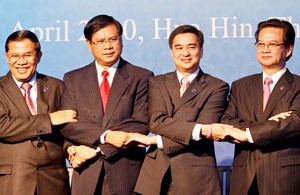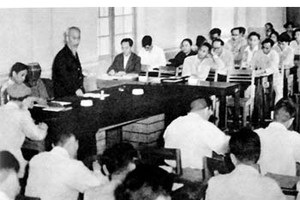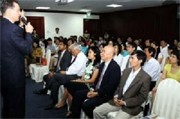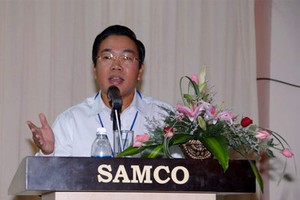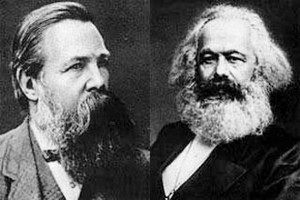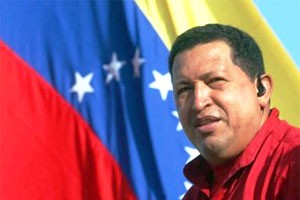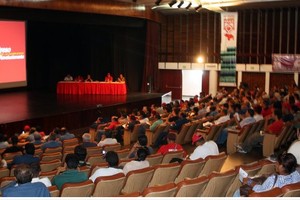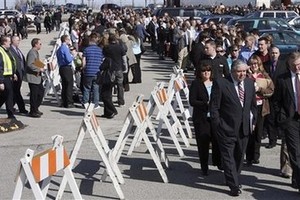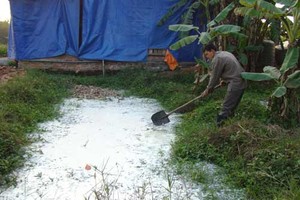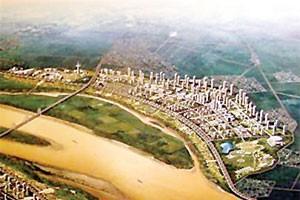The ways of learning and applying V. I. Lenin’s ideology can vary depending on specific objectives and conditions. This article takes a look at how President Ho Chi Minh made the best use of it to successfully lead the struggle for national liberation.
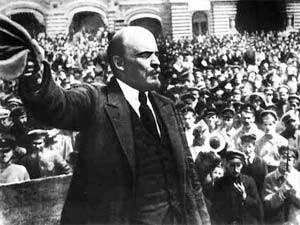
He wrote: “At Socialist Party cell meetings, members often discuss such options as continuing to follow the Second International or turning to the Third International led by Lenin or setting up a ‘Second-and-half International’.
“I attended many meetings of Party cells – two or three times a week – listening to various opinions. At first, I did not know why members debated about those organizations since they were all revolutionary, no matter if it was the Second or Third International. And how about the First International? What did they do with it?”
Subsequently, the President tried to learn more about those organizations to know why there was more than one international organization for communists. But more importantly, he wanted to know something not mentioned at these meetings: “Which of those organizations protect colonial people?
“I raised that question at a meeting, and some comrades told me that was the Third International, not the Second. One comrade handed me the ‘Preliminary Thesis on the National and Colonial Questions’ by Lenin published in French newspaper L’Humanité.”
After looking into the thesis carefully, the President reportedly said to himself: “Dear miserable people! This is what we really need and from this we can find a way for national liberation.”
“Since then, I placed absolute trust in Lenin as well as the Third International.”
It was his belief in Lenin’s thought that laid the foundation for the liberation of the Vietnamese nation in later years.
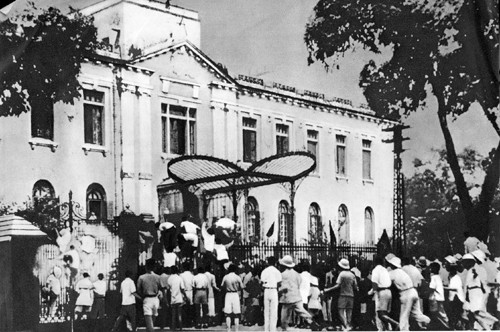
An important issue for theorists is how to learn Marxism-Leninism efficiently. More importantly, how should that learning be applied and where and to whom should it be applied?
If we know two groups, one in favor of Marxism and Leninism and the other not, which one will we choose to follow? And will we speak out what is really in our mind and will we know what we will do it for? Our acts at that time will prove what our stance is and what our personality is.
If we are learning and applying Lenin’s thoughts – and more broadly, Marxism-Leninism – in exactly the same way as Ho Chi Minh did, then it is simply a reproduction, which does not require any creativity. It should be better if we become heirs to and developers of Marxism-Leninism instead of becoming mere mimics.
Lenin’s theory, like Marxism, is not a math problem which has a specific answer, but it is a problem open for everyone to answer in their own way, and based on that answer everyone can find their own ways to deal with political and social issues.
While learning Lenin’s ideology to apply it to national liberation, President Ho Chi Minh achieved clear awareness of certain issues.
When Lenin breaks down “the proletarian class of the world” into “the proletarian class of Russia,” he refers to the latter as an integral part of the former wants it to carry out the important task in the struggle of the proletariat class: seizing power.
How could the Russian working class accomplish the task when it was not strong enough? Lenin identified another group – peasants -- who, like workers, were oppressed and exploited by imperialists. Lenin realized that seizing power would be hard without the participation of the peasant class.
Lenin was also aware that Russian troops wanted to be liberated. So he defined them as a third force to combine with the workers and peasants.
With a three-pronged force, of which the working class was the key, Lenin succeeded in seizing power for the Russian people.
President Ho Chi Minh made the best use of Lenin’s experience in his creative way to liberate Vietnam in 1945. Since the revolutionary military was weak at that time, he found another force, the intellectual class, to support workers and peasants in the fight against colonialism and imperialism.
That way, he led the August Revolution in 1945 to victory with three main forces: workers, peasants, and intellectuals.
Today, the Party is applying Marxism-Leninism and Ho Chi Minh’s Thoughts for the country’s development, hoping to develop Vietnam into a strong country with wealthy people and a just, democratic, and civilized society.
Related Articles
Latin American leftists march towards new socialism
21st century socialism needed to supplant ‘bankruptcy of capitalism’: US academic
Socialism or kinder capitalism?
Victims of financial crisis or capitalism?
